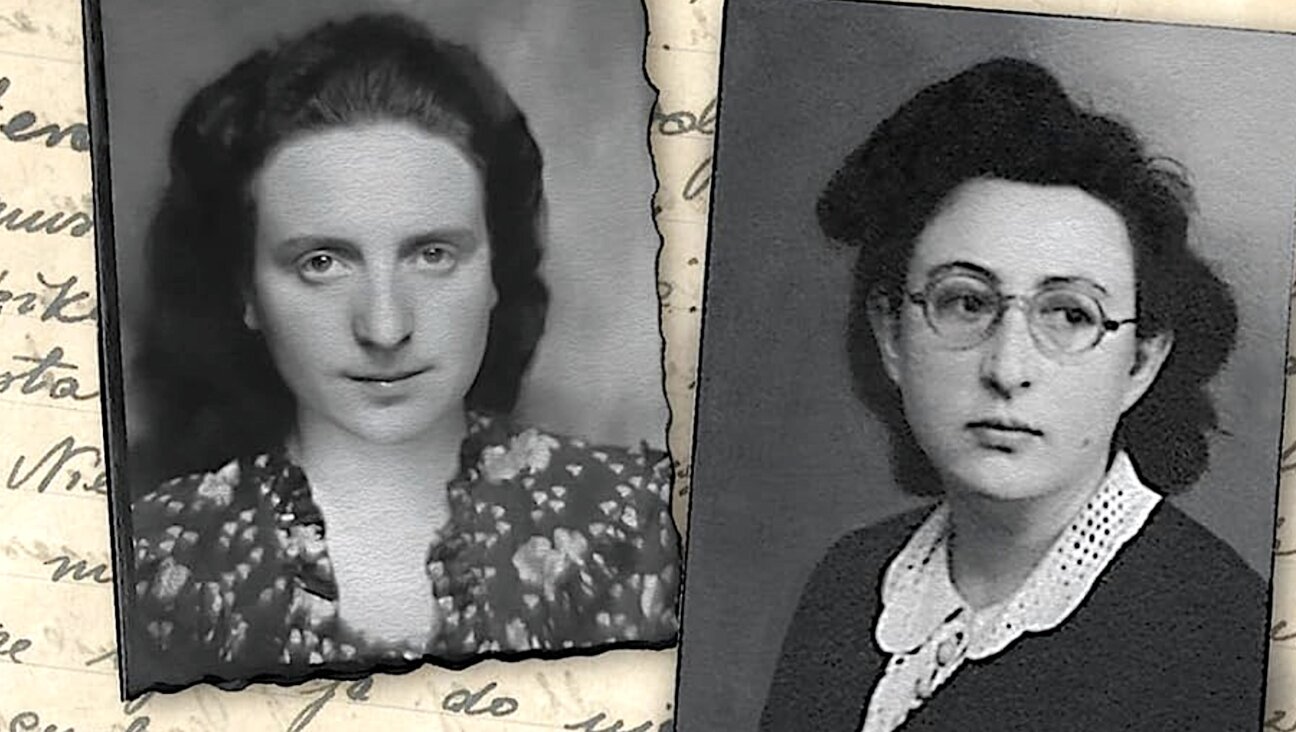Why did the Academy leave the Jews out of its museum, anyway?

The first organizational meeting of the Academy of Motion Picture Arts and Sciences in the Crystal Ballroom of the Los Angeles Biltmore Hotel on May 11, 1927. Louis B. Mayer, Jack L. Warner and Darryl F. Zanuck attended the banquet. By Getty Images
Amid all the controversy created over the Academy Museum’s initial decision not to include the story of the motion picture industry’s largely Jewish immigrant founders in its permanent exhibit, one question remains unanswered: Why?
Why would the museum organizers, with $484 million and more than 300,000 square feet, decide to tell the story of the motion picture industry and neglect to mention the people who created it?
The upcoming Oscars ceremony on March 27 has spurred more coverage of the story, which the Forward broke in a story by Sharon Rosen Leib when the museum opened in October.
In The New York Times on Monday, Bill Kramer, the museum’s executive director, said that an exhibit on Hollywood’s founders was always under consideration. “We’ve long had this on our list to do,” he said, “and we knew this was going to be in our first rotations.”
In a Los Angeles Times article, also published Monday, Kramer said that the museum favored changing exhibits rather than permanent, traditional “timeline” displays. “We’ve created an institution intentionally to bring in many stories,” he explained. “They have always been there, they’ve just not been the dominant narratives. Obviously, the dominant narratives are important but we can have both.”
Kramer didn’t explain the difference between the “dominant narrative” and the truth, but such obtuse explanations have led many people to assume the museum was trying to correct for the Academy’s long history of ignoring or downplaying voices of color.

Aerial shot of the Academy Museum of Motion Pictures in Los Angeles’s Miracle Mile district. Courtesy of Academy Museum Foundation
The #oscarssowhite campaign of 2016 arose from the legitimate outrage that all the Oscar nominees that year were white. In 2012 the Academy membership was 94% white. In 2020, the membership was still 84% white. Could the museum be trying to right these wrongs by highlighting minority contributions to film and de-emphasizing the role of white, Jewish men?
The Academy Museum, said veteran literary agent and producer Bob Bookman, “is more interested in pandering to the justifiably aggrieved minorities of the present than in storing and exhibiting the legacy of the past.”
The irony is that Jews invented Hollywood precisely because they were an aggrieved minority — persecuted in their Christian homelands and discriminated against by L.A.’s Protestant majority. It was their outsider status and their working class roots that enabled those early producers to understand, and feed, the aspirations and tastes of Middle America.
These are critical and timely points, not because of the Oscars, but because of the news. The Jews who founded Hollywood are the predecessors of the refugees fleeing Ukraine now. Louis B. Mayer escaped Dymer, a town north of Kyiv that, fast forward, was attacked by Russian forces on Feb. 25. Mayer and the others came from nothing, with nothing, escaping the violence that once again shatters their homelands. Their stories are an argument for keeping America’s arms outstretched to refugees everywhere, an argument that still, unfortunately, needs to be made.
“Hollywood was founded and for more than 30 years operated by Eastern European Jews,” Neal Gabler writes in “An Empire of Their Own,” his history of the industry’s beginnings. “There were no social barriers in a business as new and faintly disreputable as the movies were in the early years of this century.”
The industry was so new that Mayer decided to create an organization to represent its interests (and, he hoped, to circumvent unions in labor negotiations). At the launch of the Academy of Motion Picture Arts and Sciences, there were 12 founding producers; 10 were Jewish.
You can argue that the fact that they were also white enabled these Jews to succeed and assimilate while other minorities faced enduring discrimination. You can argue some of the early Jewish moguls engaged in predatory behavior and harsh labor tactics. But if you leave their story out of the museum, there’s no conversation at all.
To its credit, the Museum has backtracked and, as the Forward reported in January, plans to create a permanent exhibit on the founders, scheduled to open in 2023. That “why” is easier to explain: a wave of critical press followed the Forward’s initial article, and museum donors, including its largest one, Haim Saban, voiced their concerns to Kraner and the museum board.
Or, as Bookman said, “They were rudely awokened.”
Get the Forward’s “Letter from California” delivered to your inbox. Sign up here to receive our lively and provocative insights, news, opinion and inspiration from the state at the leading edge of the Jewish future.





















